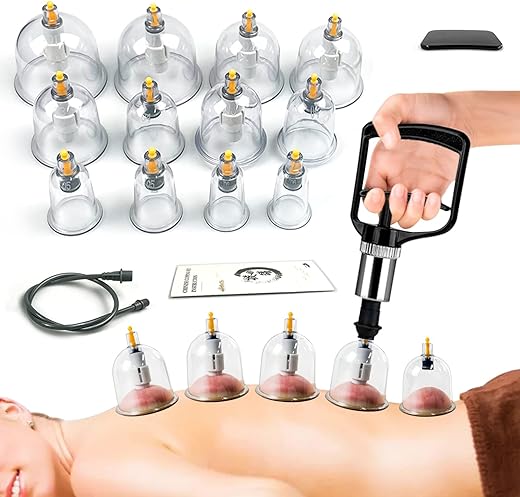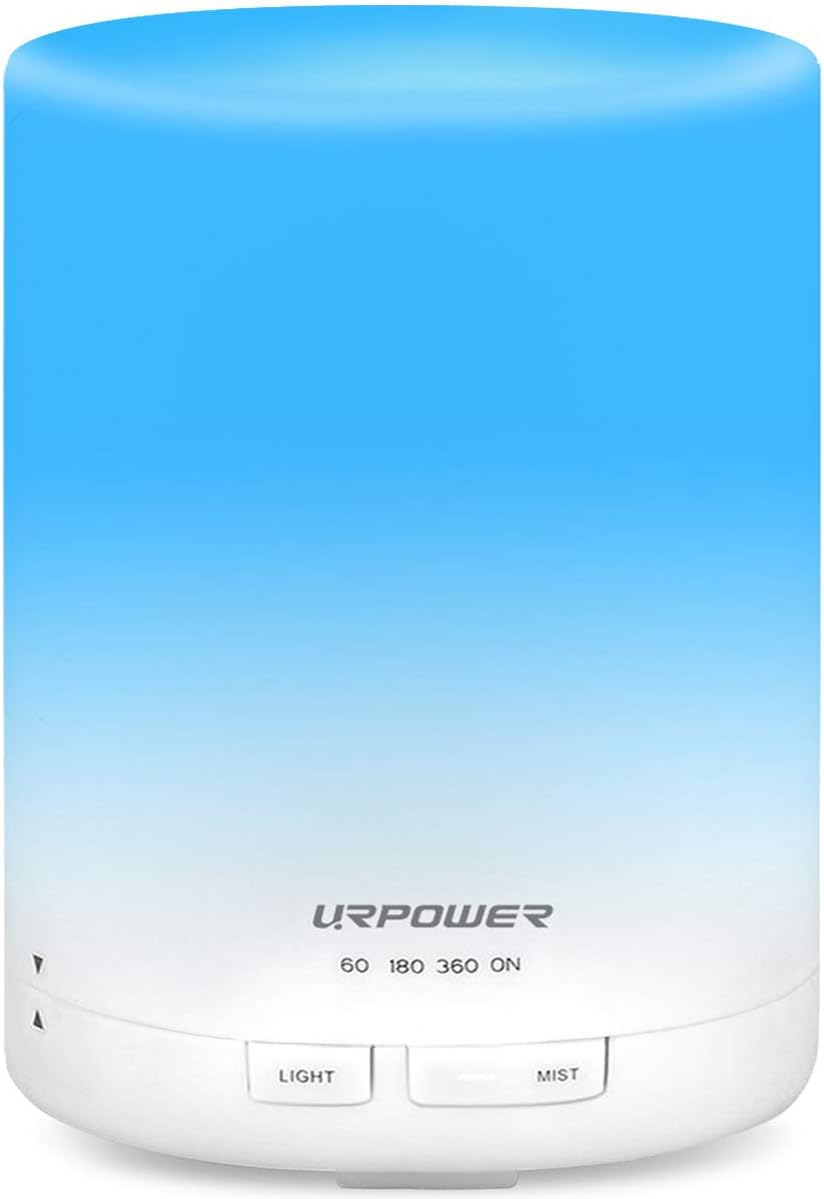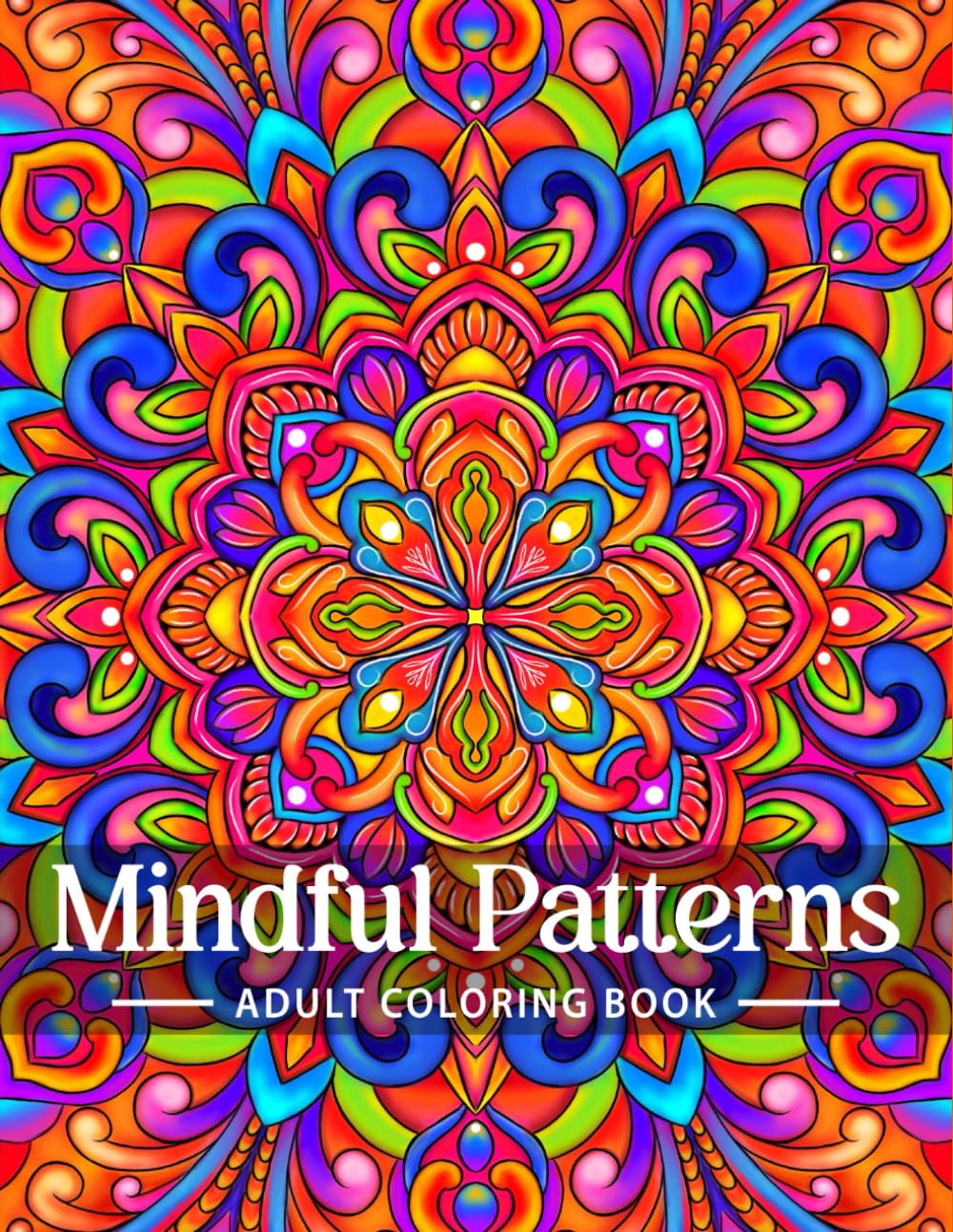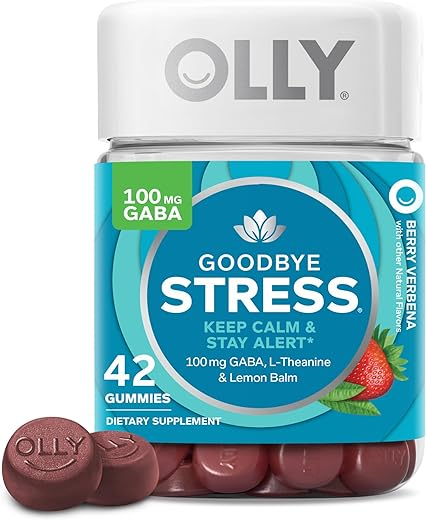The step-by-step guide “How to Give the Perfect Relaxing Massage” offers a concise yet comprehensive outline on the art of providing a relaxing massage. The purpose of this guide is to teach individuals the techniques and tools necessary to help promote well-being, reduce stress, and enhance relaxation through the skill of massage therapy. Giving a relaxing massage benefits both the recipient and the giver by easing tension, soothing muscles, and inducing a sense of calmness and rejuvenation. Mastering the art of massage can improve physical, mental, and emotional wellness for both parties involved.
Top-Rated Massage Therapy Books of All Time
Prepare Your Space
- Create a cozy space: Set up comfortable seating, arrange soft blankets and cushions.
- Adjust lighting and sound: Use dim or warm lighting, play soothing music or sounds for relaxation.
- Keep it clean: Organize and tidy up your surroundings, ensuring a clean and clutter-free space.
Choose the Right Oils
- Consider the recipient’s preference and consult any potential allergies.
- Choose high-quality massage oils or lotions that cater to the recipient’s needs.
- Always read the product description carefully to ensure it fits the specific requirements.
Remember: Prioritizing the recipient’s well-being and comfort should be the top priority when choosing your oils or lotions.
Warm Up Your Hands
- Rub hands together: Before beginning the massage, rub your hands together vigorously.
- Generate heat: Generate heat by rubbing them briskly for about 15-20 seconds.
- Ensure smooth experience: By doing this, you will warm up your hands, ensuring a smooth and relaxing massage experience.
Communicate with Your Recipient
- Ask about specific areas needing attention: Inquire which areas of their body require extra focus during the massage, e.g., shoulders, lower back, or legs.
- Clarify pressure preferences: Determine the amount of pressure they prefer for the therapist to use during the massage, whether they like light, medium, or deep pressure.
- Inquire about any health conditions: Request their health condition information; let them know you need to be aware of any health issues that require consideration during the massage to personalize the experience.
Start with Gentle Strokes
When starting a massage, begin with light, gentle strokes:
- Gently apply pressure using the whole hand to soothe the muscles.
- Adjust the pressure depending on the recipient’s feedback to ensure comfort.
- Take cues from their reactions to determine the appropriate intensity.Examples:
- Begin with long, feather-light strokes on the back.
- Gradually increase pressure as you move on to work the knots gently.Remember – starting with gentle strokes sets the foundation for a relaxing and effective massage treatment.
Focus on Key Areas
- Focus on Key AreasIn massage, pay special attention to areas that tend to hold tension such as the neck, shoulders, back, and feet.Gently apply pressure and use circular motions to release tightness and promote relaxation.Encourage deep breathing and gradually increase pressure as the muscles begin to relax.Avoid haste and be mindful of the recipient’s comfort level throughout the massage.
Use Various Techniques
- Start by incorporating a relaxing effleurage technique, using long, sweeping strokes to warm up the muscles and promote overall relaxation.
- Progress to utilizing petrissage and kneading techniques by gently lifting and kneading the muscles to release tension and improve circulation.
- Then, enhance the massage experience by incorporating rhythmic tapping motions to invigorate the body and stimulate energy flow.
- Combine these techniques in seamless transitions to provide a diverse and highly effective massage session.
Maintain a Rhythm
- Begin the massage by slowly and gently stroking the back in long, even strokes.
- Transition into applying pressure on knots or tense areas using circular motions, ensuring consistency and gradual pressure.
- Continue the rhythm by alternating between different massage techniques, maintaining a continuous and fluid movement throughout.
Check for Comfort
- Check in with the recipient frequently
- Adjust pressure or techniques if necessary
- Ensure the recipient’s comfort is a top priority and make changes accordingly.
Remember to observe their body language and ask for feedback to guarantee a pleasant experience.
End with a Calming Finish
- Finish the massage by using gentle, long strokes starting from the shoulders and down towards the lower body.
- Transition into a calming touch by lightly placing your hands on the recipient’s back and using circular motions to promote relaxation.
- Finally, end the massage with a few moments of stillness, keeping your hands in place to allow the calming energy to fully sink in.
Final Thoughts on Relaxation
In conclusion, creating the perfect relaxing massage entails effective communication with the recipient to tailor the experience, utilizing a variety of techniques for a holistic approach, and setting the right atmosphere to promote tranquility. By mastering these intricate elements, one can provide a truly exceptional massage experience that rejuvenates both the body and the mind. Give your loved ones the gift of relaxation through the art of massage.
Essential Massage Supplies
Expert Techniques for Unwinding
Maximizing Wellness: Guidelines for Effective Massage Therapy Practice
- Start by learning the basic principles of massage therapy from reputable sources or books
- Practice various techniques on willing family members or friends to develop your skills
- Consider taking a beginner’s course or workshop to enhance your understanding and technique
- Invest in quality massage oils or lotions to make the massage experience more comfortable for the recipient
- Don’t forget to communicate with the person you are massaging to ensure you are applying the right pressure and addressing their needs effectively
Explore the Key Benefits of Massage Therapy
How often should an individual consider getting a massage therapy session?
One should consider getting a massage therapy session as often as their body needs and their schedule allows. The frequency of massage sessions can vary depending on individual needs and preferences. Some people benefit from receiving a massage once a week, while others may find that once a month or even less frequently suits them. It is essential to listen to your body and schedule sessions accordingly for optimal physical and mental well-being. Consulting with a massage therapist can also help determine the appropriate frequency based on individual factors such as health condition, stress levels, and lifestyle.
Can massage therapy help improve flexibility and range of motion?
Yes, massage therapy can help improve flexibility and range of motion. By targeting and stretching muscles, ligaments, tendons, and fascia, massage therapy can help in releasing tension and improving muscle elasticity. This can result in increased range of motion and the ability to move more freely. Additionally, massage can help reduce muscle soreness and improve overall physical performance. Regular massage therapy sessions can be beneficial in maintaining and even enhancing flexibility and range of motion.
What self-care practices can complement the benefits of massage therapy?
In addition to massage therapy, individuals can incorporate various self-care practices to enhance its benefits. Examples of self-care practices that can complement massage therapy include regular exercise to maintain physical health, staying hydrated to aid in detoxification, getting adequate rest to promote relaxation and musculoskeletal recovery, practicing mindfulness or meditation to reduce stress, and maintaining a balanced diet to support overall health and well-being. By incorporating these self-care practices along with regular massage therapy sessions, individuals can maximize the benefits for their mind and body.
Are there different types of massage oils or lotions that can enhance the benefits of a massage therapy session?
Yes, there are indeed different types of massage oils and lotions that can enhance the benefits of a massage therapy session. By using specific oils or lotions, a massage therapist can tailor the experience to address a client’s specific needs. For example, there are oils with relaxing scents like lavender for stress relief or arnica for muscle pain relief. Some lotions contain ingredients such as menthol for cooling effects or arnica for anti-inflammatory properties. Choosing the right type of oil or lotion can contribute to a more effective and enjoyable massage therapy session.
How does massage therapy play a role in sports performance and injury prevention?
Massage therapy plays a significant role in enhancing sports performance and preventing injuries in athletes. It helps in increasing blood circulation, which promotes faster tissue healing and muscle recovery. Additionally, massage therapy can reduce muscle tension, improve flexibility, and enhance joint range of motion, all of which contribute to better overall athletic performance. By relieving muscle soreness and decreasing the risk of soft tissue injuries, regular massages are essential for maintaining the athlete’s physical well-being and preventing overuse injuries. Thus, incorporating massage therapy into an athlete’s routine can help optimize their performance and keep them in top shape to excel in their sport.
What guidelines should one follow before and after a massage therapy session to maximize its effectiveness?
Before a massage therapy session, it’s important to drink plenty of water to stay hydrated and to avoid eating a heavy meal right beforehand. A warm shower can help relax muscles and prepare the body for the massage. Communicating with the therapist about specific areas of concern or sensitivity is crucial for the best results.
After a massage therapy session, it’s beneficial to drink water to help flush out toxins released during the massage. Taking some time to rest and relax can allow the body to fully absorb the benefits of the massage. Avoiding intense physical activity immediately after a massage can also help maintain the relaxation achieved during the session.
Following these guidelines can help one maximize the effectiveness of a massage therapy session and experience its full benefits.
How long has massage therapy been used as a form of healing and wellness practice?
Massage therapy has been used as a form of healing and wellness practice for thousands of years. Its roots can be traced back to ancient civilizations such as China, Egypt, India, and Greece. Texts from ancient Chinese medical literature refer to massage techniques being used as early as 2700 BCE, showcasing its longstanding history as a healing art. Over time, various cultures have adopted and adapted different massage techniques to promote physical, mental, and emotional well-being.
How does massage therapy improve circulation and lymphatic drainage?
Massage therapy can help improve circulation and lymphatic drainage by stimulating the flow of blood and lymph in the body through manipulation of soft tissues. The strokes and pressure applied during a massage help to dilate blood vessels, allowing for better blood flow to the muscles and organs. This increased circulation can help deliver more oxygen and nutrients to the tissues while also aiding in the removal of toxins and waste products.
In terms of lymphatic drainage, the gentle movements of massage can help to stimulate the lymph vessels and nodes, facilitating the removal of excess fluid and waste from the body. By clearing out this stagnant fluid and promoting lymphatic flow, massage therapy can help reduce swelling, enhance immune function, and promote overall detoxification.
Overall, regular massage therapy sessions can play a key role in improving circulation and lymphatic drainage, leading to better overall health and well-being.

















I appreciate the emphasis on setting the right ambiance for the massage.
I feel more confident in my massage skills after reading this article.
Will definitely recommend these tips to friends who enjoy massages.
Clear and easy-to-follow instructions, perfect for beginners like me.
This article provides great tips for giving a relaxing massage – very informative!
Including video demonstrations would make it even more helpful.
I tried the techniques suggested here and my partner loved it! Thank you!